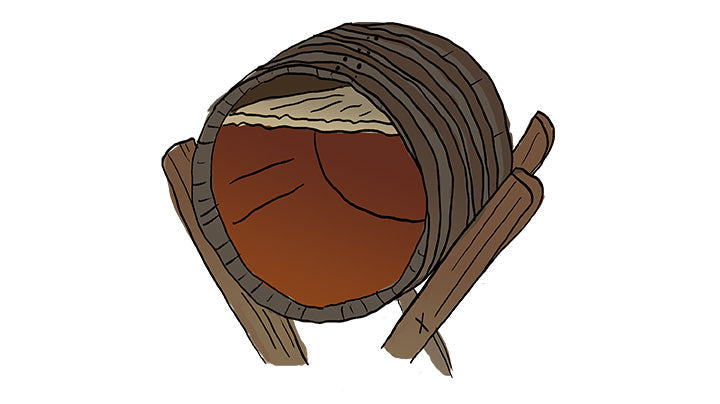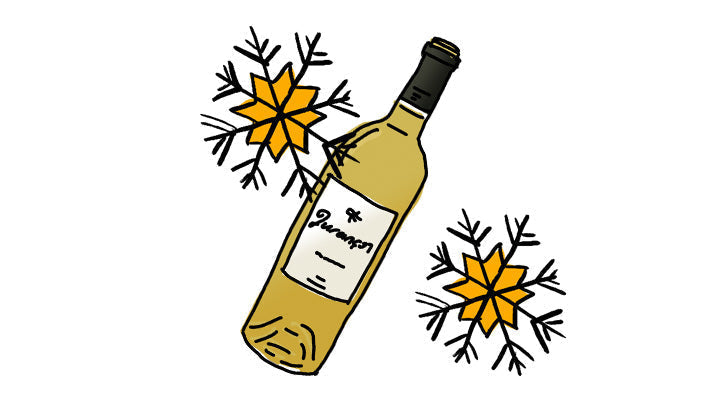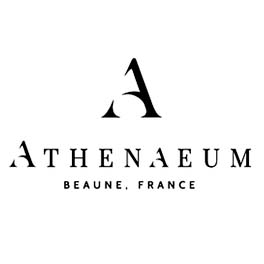Lees aging is a process in which wine is allowed to sit on its sediment, or lees, for a period of time. This can enhance the texture, flavours and complexity of the wine.
Autolysis is one of the key factors that contribute to the unique character of wines that have undergone extended lees aging. Autolysis is a process that occurs during lees aging, in which the yeast cells that are present in the wine begin to break down.
What are the effects of lees ageing?
Some of the most notable effects of lees ageing include:
-
Textural changes: Lees ageing contribute to textural changes in the wine, the wine gains in body, viscosity, creaminess.
-
Anti-oxidative: Lees ageing is a reductive process that protects the wine from the effects of oxidation.
-
Aromas development: The yeast cells that are present in the wine during lees aging release various compounds that can interact with the wine, contributing to the development of aromas and complexity. This includes the production of diacetyl (buttery, bread dough notes). Protection from the oxygen also promotes the development of reductive sulfur compounds that can be pleasant at low levels (smoky notes).
-
Clarification: During lees ageing, the yeast cells and other particles in the wine will naturally settle to the bottom of the barrel or bottle.
What is lees stirring?
Lees stirring, also called bâtonnage from the French term, refers to the process of mixing the lees with the wine during lees ageing to prevent lees from accumulating at the bottom of the vessel. This accelerates autolysis and therefore the effects of lees ageing. Oxygen can also be introduced as the vessel needs to be opened to stir the lees. Introducing oxygen reduces the development of reductive sulfur compounds resulting from lees ageing.
Are all wines aged on lees?
It's worth noting that not all wines are matured on their lees. Some winemakers prefer to remove the lees as soon as possible to avoid autolysis. One of the risk of lees ageing is the development of off-odours linked to excessive reduction, which will smell like rotten eggs.














